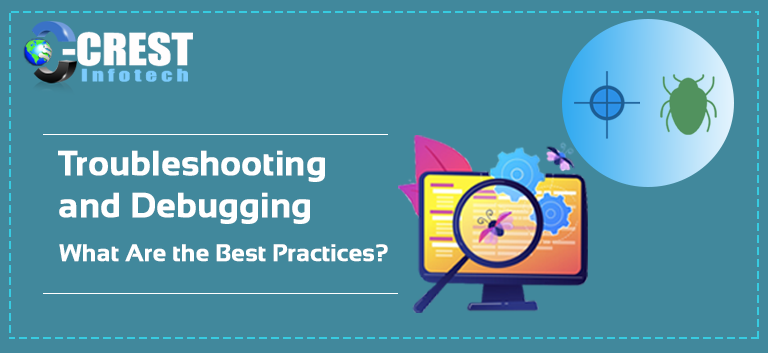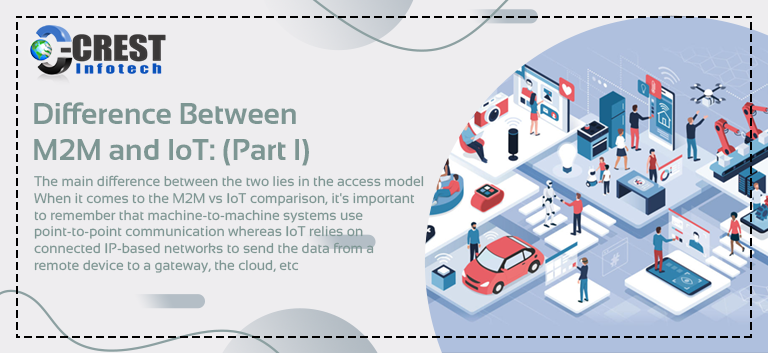Jargon and words abound among computer programmers. These terms have been studied by professional programmers. Beginner programmers are often irritated and perplexed. In the programming world, it’s akin to a rite of passage. It distinguishes between the wheat and the chaff.
Troubleshooting and debugging are two terms that programmers must consider and separate. You must not only grasp the two concepts, but also how they vary and what similar characteristics they share. Debugging can take up more time for programmers than troubleshooting. Their expanded operational obligations, on the other hand, would require them to troubleshoot more frequently.
What is troubleshooting?
Troubleshooting is a way of assisting people in finding concerns or problems in a system. Troubleshooting is a step up from debugging and refers to a wide variety of device components. It’s a way of finding the objects that are causing issues. This technique involves questioning the system’s end users to assess the actions they took to trigger the issues.
Any machine will benefit from troubleshooting. Doing the laundry, for example, may be called a device that involves a washer and dryer. If one of those components (for example, the washer or dryer) fails, you must troubleshoot the problem. You might not be able to fix it, but you can start by trying to find out what’s causing the problem. Turning on the water or plugging the dryer into the wall may be what it takes.
What is debugging?
Troubleshooting is a subset of debugging. It necessitates the discovery of issues relating to computer code. When you’re charged with debugging a module of code as a programmer, you figure out what’s causing the problem and then repair it. This is an oversimplification. There may be many points of failure, and often it’s not clear where the issues are happening. For example, you might be led to believe that a browser’s JavaScript code is failing when, in fact, the problem is with the web server. When several of the servers are in a third-party cloud environment, the process becomes abstracted, raising new challenges.
What is the difference between troubleshooting and debugging?
Debugging is a subset of troubleshooting, as previously mentioned. Troubleshooting, on the other hand, does not necessarily mean that the problem will be solved right away. There may be procedural or process procedures in place that preclude the problem from being addressed right away. Debugging, on the other hand, tries to locate and address a problem in the same session as much as possible.
The two words are sometimes used interchangeably, which may lead to misunderstanding. Microsoft, too, muddles the words.
Because of developments in the market, programmers’ functions are being redefined. DevOps, for example, allows you to run developer-only departments while removing the operations department.



